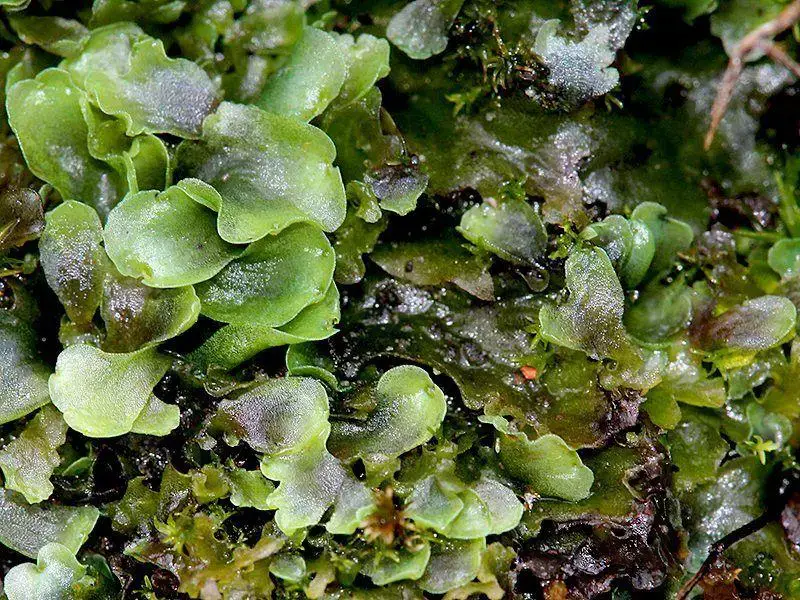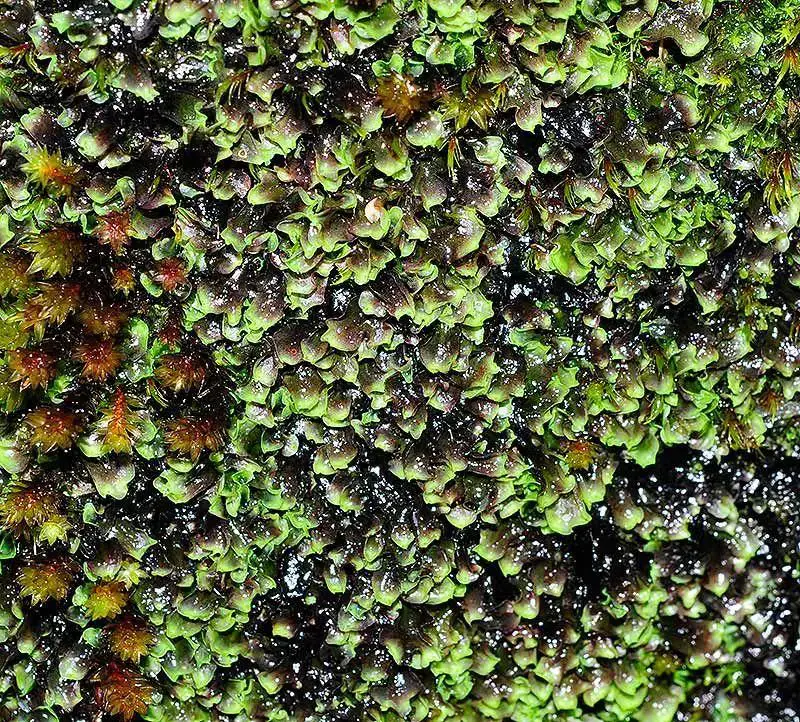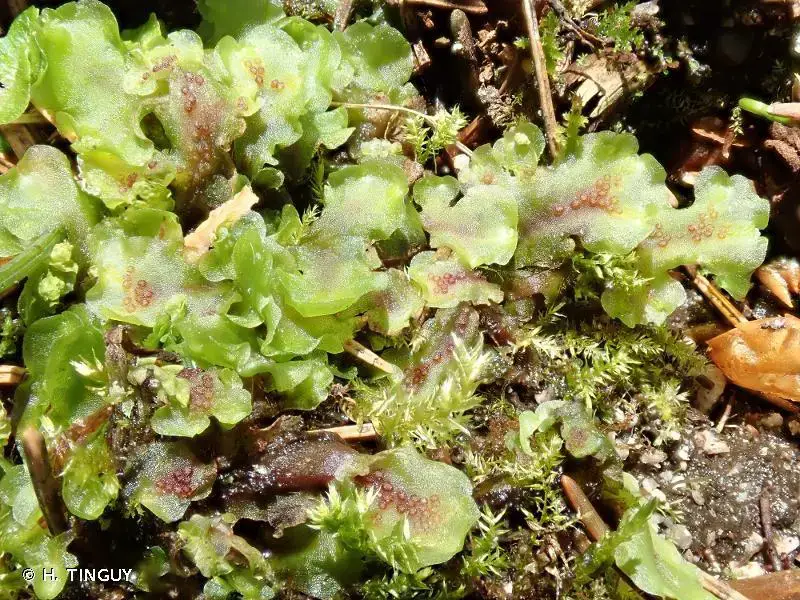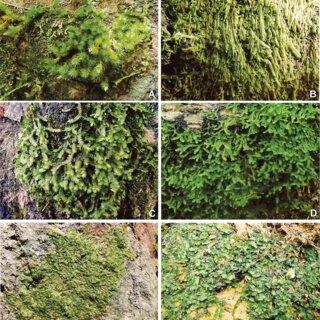
Pellia-cf.-neesiana-(Gottsche)-Limpr.-131224.jpg from: https://www.biodiversidadvirtual.org/herbarium/Pellia-cf.-neesiana-(Gottsche)-Limpr.-img131224.html
Pycnolejeunea incisa: The Tiny Moss with a Big Story
Introduction
Have you ever stopped to admire the miniature world of mosses? One particularly fascinating species is Pycnolejeunea incisa (Gottsche) Schiffn., a tiny but mighty moss in the

3151_Leiocolea_badensis_2014_08_08_1510.jpg from: https://www.bryo.cz/index.php?p=mechorosty_foto&site=default&gallery=leiocolea_badensis&id=3151
Lejeuneaceae family. In this blog post, we’ll dive into the details of this intriguing plant and explore what makes it so special.
Background
Pycnolejeunea incisa is a type of leafy liverwort, which are non-vascular plants in the division Marchantiophyta, class Jungermanniopsida. The Lejeuneaceae family contains over 1000 species found worldwide. Pycnolejeunea gets its name from the Greek words pyknos meaning “dense” and lejeunea after the bryologist A.L.S. Lejeune.
Morphology and Identification
One of the most distinctive features of

Pellia-neesiana-(Gottsche)-Limpr.-174671.jpg from: https://www.biodiversidadvirtual.org/herbarium/Pellia-neesiana-(Gottsche)-Limpr.-img174671.html
P. incisa is its minute size. The shoots are only 2-5 mm long and the leaves a mere 0.2-0.4 mm wide! The leaves are incubous (overlapping like shingles) and have a characteristic incised or toothed margin. Oil bodies are present in the leaf cells.
Identification requires a keen eye and microscopic examination. Look for:
- Yellowish-green color
- Pinnate branching pattern
- Underleaves present
- Leaf lobes ovate with acute to acuminate tips
- Perianths (female reproductive structures) flattened with a toothed mouth
Global Distribution and Habitat

275726.jpg from: https://inpn.mnhn.fr/espece/cd_nom/6271
Pycnolejeunea incisa has a pantropical distribution, found in tropical regions around the world including:
- Central and South America
- Africa
- Southeast Asia
- Pacific Islands
This tiny epiphyte grows on the bark and leaves of trees and shrubs in humid lowland to montane forests. It prefers partial shade but can tolerate sun flecks.

Bryophyte-species-and-their-habit-from-Lata-Belatan-A-Oedicladium-pseudorufescens_Q320.jpg from: https://www.researchgate.net/figure/Bryophyte-species-and-their-habit-from-Lata-Belatan-A-Oedicladium-pseudorufescens_fig2_363996489
Ecological Roles and Adaptations
Like other bryophytes, P. incisa plays important roles in its forest ecosystems:
- Captures and retains moisture
- Provides microhabitats for invertebrates
- Contributes to nutrient cycling
- Serves as a bioindicator of air quality and habitat integrity
Its small size is an adaptation to the epiphytic lifestyle – larger plants would be too heavy and get blown off by wind or washed away by rain. The toothed leaf margins may aid in water retention.
Conclusion
The next time you’re walking through a tropical forest, take a moment to search for the tiny but fascinating Pycnolejeunea incisa. This unassuming moss is a prime example of how much biodiversity and ecological importance can be packed into a minuscule package. What other miniature marvels are waiting to be discovered in the world of bryophytes?